The Monumental Museum of the Taxi,
The Ayvalık's
The first church.
It is home to the Church of Taksiyarhis. Ayvalık, late 16th and 17th centuries. At the end of the 19th century and the beginning of the 17th century, it was a region densely populated by Greeks, and it is thought that this church developed around the structure of the first period. At the beginning of the 20th century, it was an area densely populated by Greeks, and it is thought to have developed around the structure of this early church. It is believed that there were three distinct periods in the history of the church. Taksiyarhis Church was first built as a small church in the 15th century. It was built as a small church in the 20th century. From the details in the architecture of the church, it is understood that the church was rebuilt in three separate periods throughout history. The fresco of the Presentation of Paul and Peter to God on top of the building and the book dated 1753 above the entrance to the southern garden reflect the characteristic features of the three-domed two-story basilica structure of the second period of the church.
The church, from 1927 onwards,
It's called the Warehouse.
abandoned after being used as a
2012
It was restored by the Ministry of Culture and Tourism. In 2013 it was ".
The Taxi Monument Museum
" with the name
Balykesir is attached to the Kuva-yi National Museum
opened for visits as a unit,
Where is the Taxi Museum?
It belongs to the Ayvalık district of Balıkesir province.
In the neighborhood of Ismetpaşa
It's in position.
How do I get to the Taxi Museum?
To the museum of the Taxi Monument
The Ismet Pasha neighborhood in the Ayvalık center can be reached by road. Transport within the city is available.
Architectural features of the Taksiyarhis Memorial Museum
Architectural features of the Taksiyarhis Memorial Museum
It can be explained as follows:
From an 1844 book,
It is understood that the structure of the basilica of the third period was cradled and all the upper supporting elements were built of wood. It's on the Western Front.
through nartex
When he entered the church,
Three main entrances .
It exists. In the central nave of the church, there is an ambo decorated with a plaster relief depicting a lion, and to this point.
With a spinning ladder
It's coming out.
It's all right. It was Jesus.
Telling the story of his life
with marble icons
It is equipped with an iconostasis (ikonostas), marble engraving and
With gold ornaments
has been processed. After passing through this gate,
The apse in the back.
It can be reached. On the second floor of the building there are 16 illuminated wooden windows.
"U"-shaped upper gallery
This is gynaikeion.
It was built as a women's section known as. This section is in the North.
With stone stairs to the bell tower
And in the South
With wooden stairs
is accessible.
Over time, the building, damaged by the earthquake, was subjected to repair and restoration work at various periods, during which it was observed that changes were made in the wall decorations and paintings.
From here, built in the second period
three-domed, two-story basilica planned
the information of the structure is accessed. Also, the one above the entrance.
From an 1844 book
It is understood that the structure of the basilica of the third period was built entirely of wood with a cradle and upper beams. Located on the west front of the church.
the nartex (entrance section)
It enters through three main gates. When you enter the central nave, there is an ambo (preacher's chair) decorated with a plaster relief depicting a lion, and a staircase leads up to this area. Right in front of it, a marble relief decorated with vegetal motifs.
A cathedral carved in gold leaf
It's going on.
What is on display at the Taxi Museum?
At the Taxiarhis Memorial Museum,
The creator of the works
It's M. It's my ass.
works by the artist indicated as.
Imitation marble wall decorations,
with lime plaster on a wooden vineyard
Secco , please .
It's made using the dyeing technique. This one.
in an eclectic style
of marble imitations, 07.12 in the south corner of the structure. The signature dated 12.1893 indicates that it is understood. The signature, dated 1893, indicates that it is understood. Due to the fact that Ayvalık is an earthquake-prone area, it's in the building over time.
In different periods.
damage has occurred and therefore repair and restoration work has been carried out.
During this restoration work,
Icon of Jesus in the Pantocrator dome
And the pictures of the apostles around the cradle.
In neo-classical style.
Oil paintings have been replaced by paintings. Work on wall decorations and paintings can be observed.
"Cathedra, the seat of the despot,
During the ritual.
The high priest.
Or it represents the throne on which the elders of the church sit. To the right and left of the Kathedra's seating area, b.
Figures of birds of prey
It exists. " and so on.
Is there an entrance fee to the Taxi Museum?
Admission to the Taxi Museum is free.
which is 7 . There is no information on discounted entrance fees. This museum has a museum card.
It doesn't apply.
Visiting hours of the Taksiyarhis Memorial Museum
Visiting hours of the Taksiyarhis Memorial Museum
8:30 and 19:00. It's between 30 and 19.30. It's in the 00 range. The box office at 6:30. It's in 30.
It's closing.

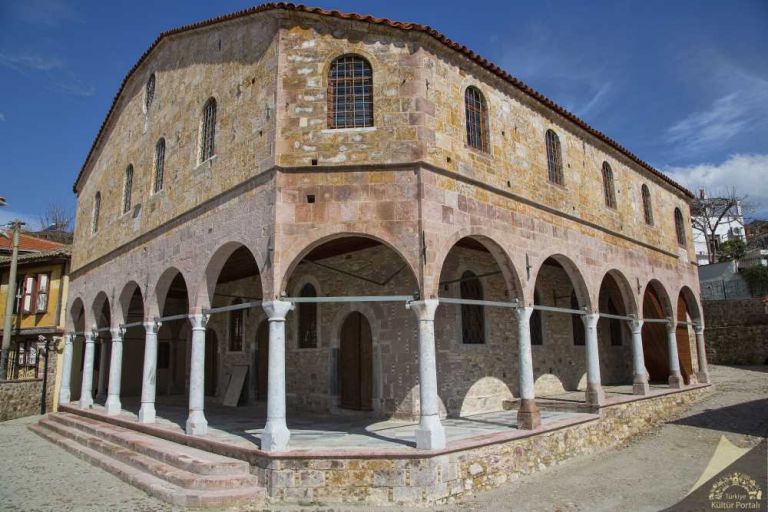
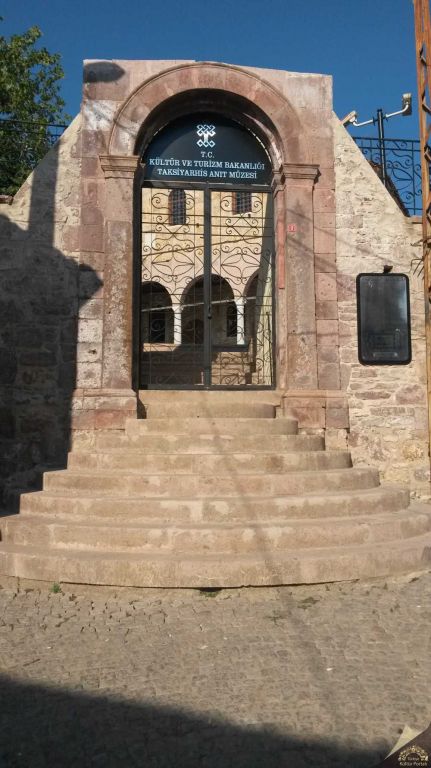
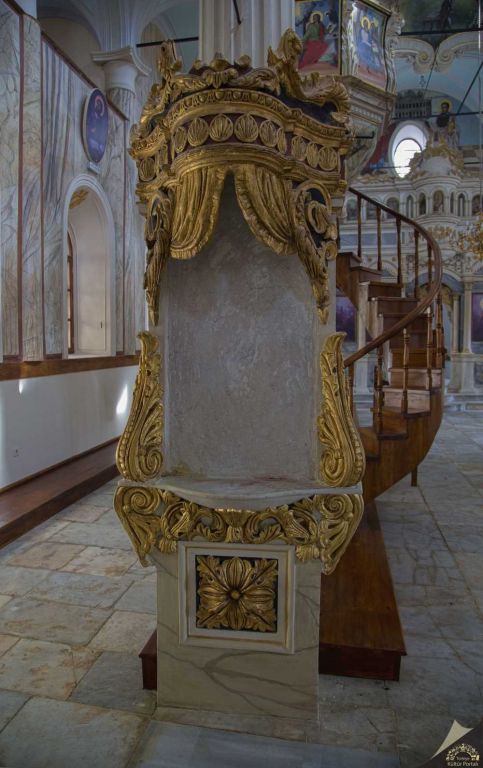
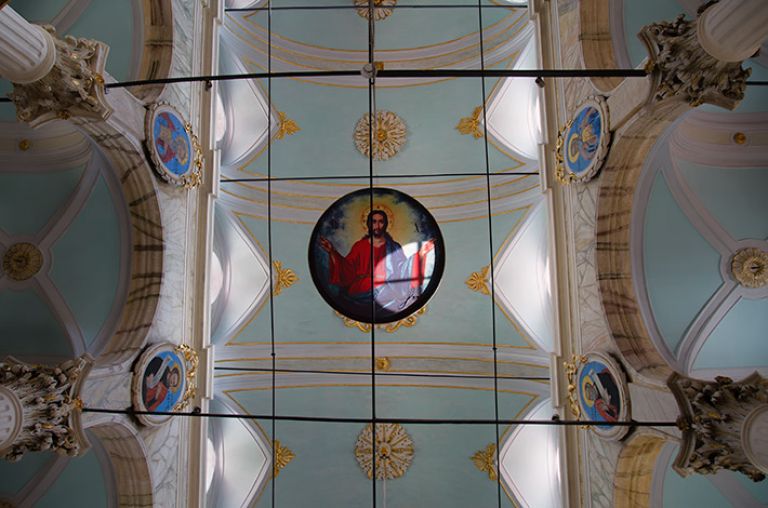

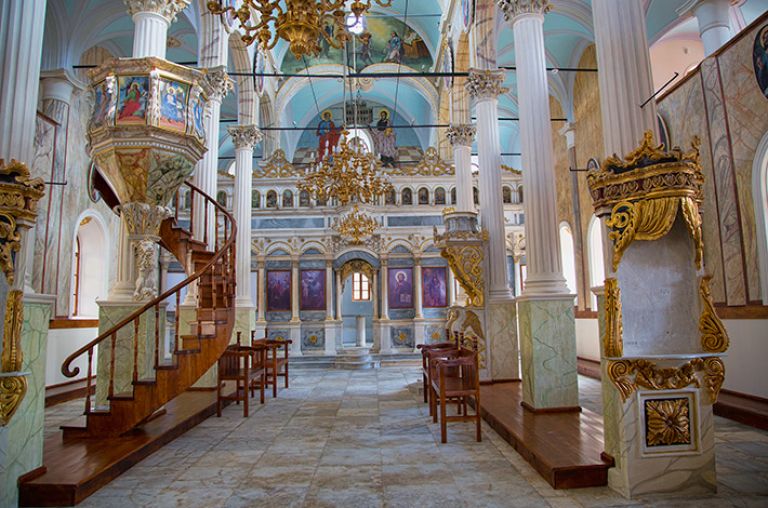
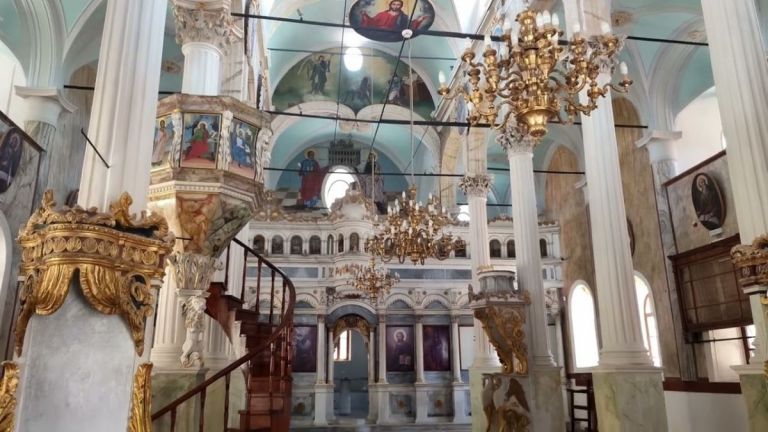







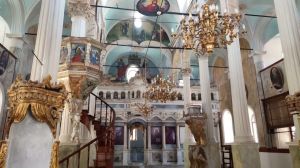
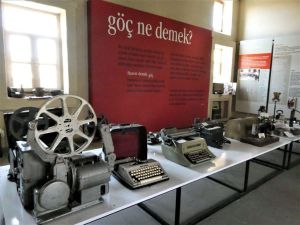
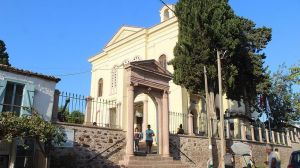
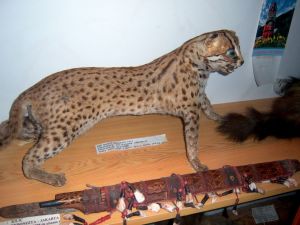
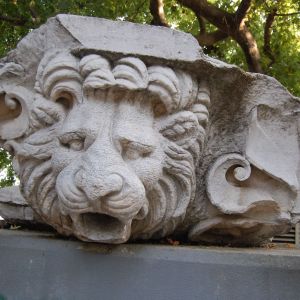
Değerlendirmeler